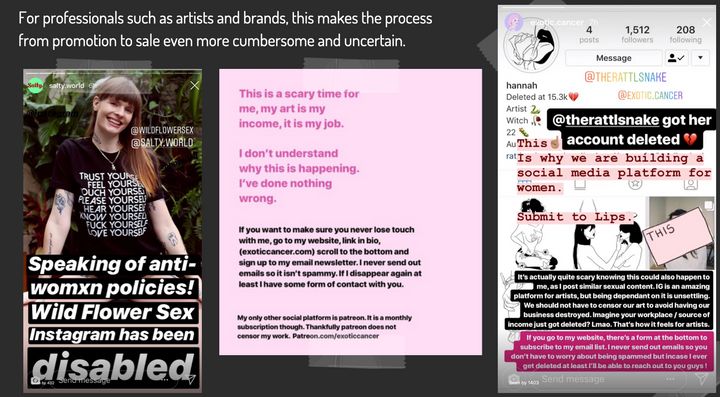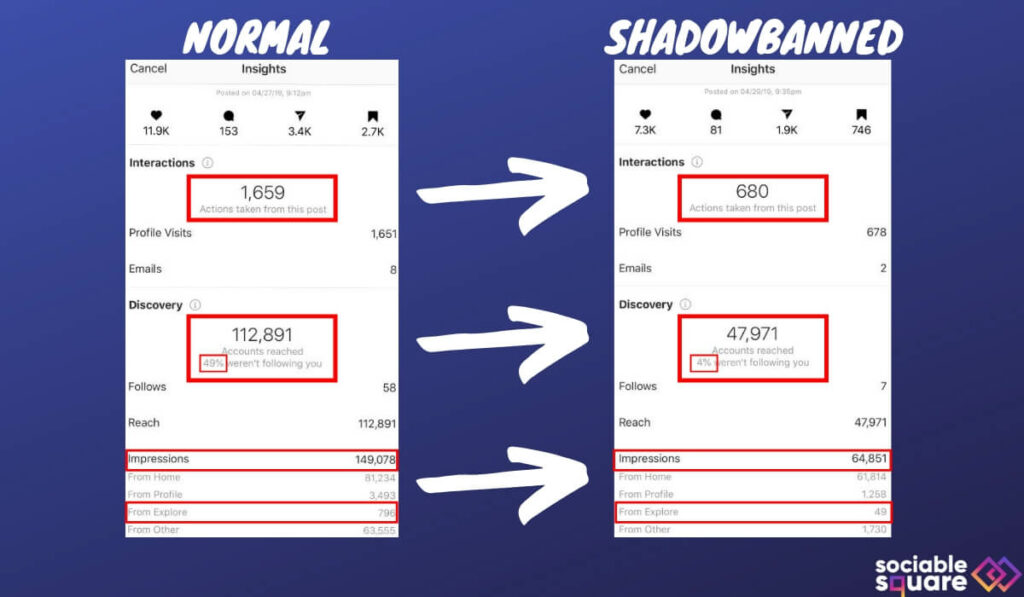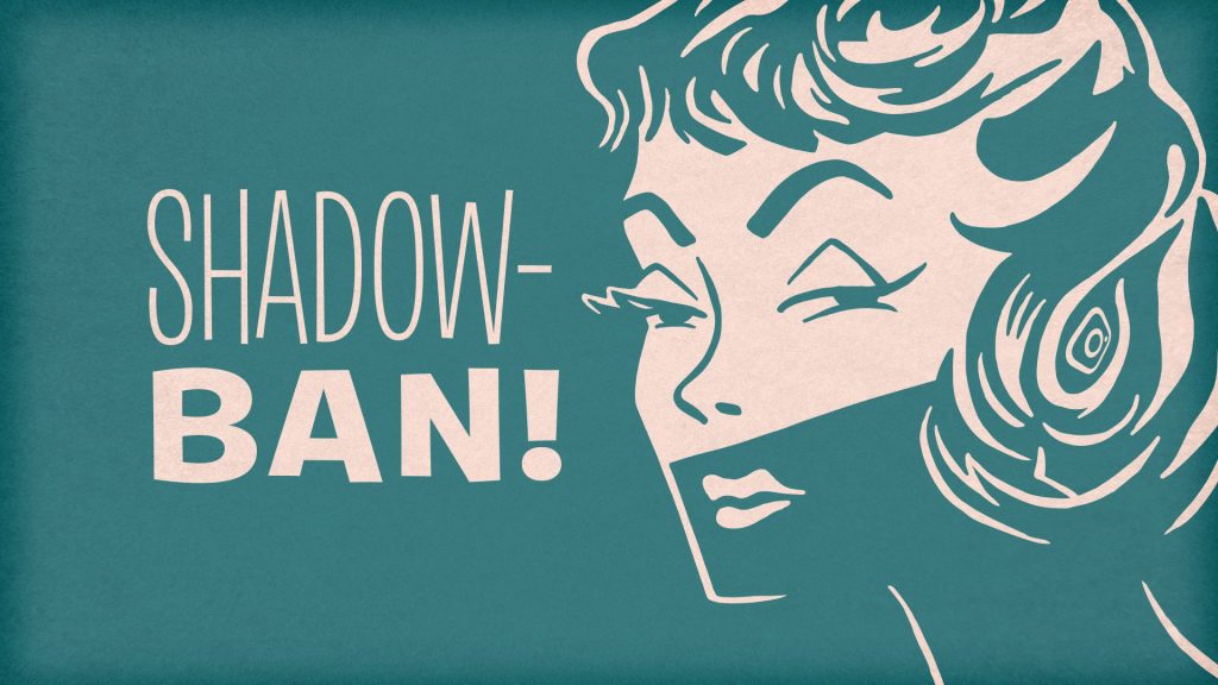The gig economy is alive and well. In fact, this modern online phenomenon has only…
Insta Shadow Ban: What’s the Big Deal?
Imagine you’re a small business owner whose primary marketing strategy and audience interaction is based on the amount of people who see, like, and share your content on Instagram. Now imagine that suddenly, your likes and shares are down and your account doesn’t show up in a search using specific tags associated with your posts. It’s possible that you’ve been shadow banned.
For those of us who aren’t hip to the language, shadow banning is a practice employed by social media companies that blocks a user’s content without their knowledge. Why is this such a big deal, you ask? If you’re shadow banned on Instagram, you won’t appear in a person’s feed unless they already follow you. This becomes a big challenge for influencers and brands who count on tags to place content in front of new, untapped user feeds.
These types of social media debacles are nothing new. In 2016, Instagram for Business issued a statement addressing user concerns, blaming invisible posts on content that violated their terms of use or community guidelines. In 2017, the company released a follow-up statement suggesting the real issue wasn’t the hashtag, but the content itself.

The problem with Instagram’s explanation is that the bulk of content that continues to disappear from the “explore” page is created by women, or content deemed “sexually suggestive” by teams tasked with monitoring Instagram posts. What does this mean for the thousands of users who build their brands around shareable content on the wildly popular platform? Sticking to the rules is harder than it looks, with many users claiming that the terms are vague, sexist, and specifically target marginalized groups like queer people and sex workers.

Instagram may appear concerned with keeping their community safe by monitoring posts involving sexually suggestive hashtags, but David Green, Civil Liberties Director for the Electronic Frontier Foundation, says that this kind of censorship can be harmful.
“We’ve seen not only content advertising sexual services coming down [on various sites] but also sex work advocacy materials — harm reducation and information posts about health and safety issues — coming down as well,” said Greene. “One of the reasons it’s important for platforms to define [their content policies] is to make sure they don’t apply them arbitrarily.”
While Instagram addressed the concerns of many users, high-profile accounts continue to see a decline in content engagement, with some even suffering from deleted accounts. Jacqueline Frances, a New York-based artist, comedian, and stripper, depends on Instagram to make a living selling her artwork, merchandise, and for live event promotion. What would be considered a thriving account with over 153,000 followers was temporarily deleted earlier this year with no warning. Sex-positive magazine, Lips has faced numerous challenges promoting their publication and initiative thanks to posts on the @lips_zine Instagram account being deleted at random.

A NUMBERS GAME
If your content isn’t getting in front of new users – i.e. potential customers – that’s a notable missed business opportunity. According to Hootsuite:
- 63% of Instagram users log in at least once per day
- 200 million users visit at least one business profile daily
- 62% of users say they’ve become more interested in a brand or product after seeing it on Instagram
- Instagram’s potential advertising reach is 849.3 million users
So what can Instagram users do to protect their carefully curated content and continue driving new users to their feeds? It’s hard to say. Instagram refuses to define what it means by inappropriate imagery, making it difficult to know if, how, and why a post violates their guidelines.
Sites like Sociable Square suggest taking a break from Instagram for a couple of days to keep your account from being flagged multiple times. Influencer Marketing Hub suggests avoiding third-party apps to post and comment for you. Almost all of these resources reiterate the importance of familiarizing yourself with Instagram’s community guidelines, however vague, as you check your posts and prepare to argue your case should you have to file a claim on behalf of your account.

Instagram continues to be one of the most popular social media platforms, with the highest engagement rates and billions of active users a month. Over 500 million users login to the platform on any given day. The biggest question remains for Instagram users who continue using the platform to push their content to new users: is the risk worth the reward?




